Js Get Current Year
JavaScript is a versatile and widely-used programming language that allows developers to create dynamic web pages and applications. One common requirement in JavaScript programming is the need to retrieve the current year. Whether it’s for displaying the year in a copyright notice or for performing date-related calculations, there are multiple methods available to obtain the current year in JavaScript. In this article, we will explore ten different methods to accomplish this task.
Method 1: Using the Date Object
The Date object is a built-in JavaScript object that enables us to work with dates and times. It provides various methods to extract specific components of the date, including the year. To obtain the current year using the Date object, we can use the `getFullYear()` method. Here’s an example:
“`
const currentDate = new Date();
const currentYear = currentDate.getFullYear();
console.log(currentYear);
“`
Method 2: Using the `getFullYear()` Method
The Date object also has a `getFullYear()` method that directly returns the year without requiring the creation of a new Date instance. Here’s an example of how to use it:
“`
const currentYear = (new Date()).getFullYear();
console.log(currentYear);
“`
Method 3: Using the new Intl.DateTimeFormat() API
The Intl.DateTimeFormat() API is an internationalization API introduced in ECMAScript Internationalization API Specification. It provides a way to format dates and times according to the locales and options specified. We can use this API to extract the current year by specifying the “year” option. Here’s how it can be done:
“`
const format = new Intl.DateTimeFormat(‘en’, { year: ‘numeric’ });
const [{ value: currentYear }] = format.formatToParts(new Date());
console.log(currentYear);
“`
Method 4: Using the moment.js Library
Moment.js is a popular JavaScript library that simplifies date and time manipulation. To use moment.js, you need to configure and set it up in your JavaScript project. Once set up, you can retrieve the current year easily using the `moment()` function. Here’s an example:
“`
const currentYear = moment().year();
console.log(currentYear);
“`
Method 5: Using a Regular Expression
Regular expressions are powerful tools for pattern matching in JavaScript. We can construct a regular expression pattern to extract the current year from a given string. Here’s an example:
“`
const string = “Copyright © 2022”;
const regex = /20\d{2}/;
const currentYear = string.match(regex)[0];
console.log(currentYear);
“`
Method 6: Getting the Current Year from the User’s System
The browser’s `navigator` object provides information about the user’s browser and system. We can utilize the `navigator` object to access the user’s system to retrieve the current year. Here’s an example:
“`
const currentDate = new Date();
const currentYear = currentDate.getFullYear();
console.log(currentYear);
“`
Method 7: Using an External API
There are external APIs available that provide current year data. By making an API request to these services, you can fetch the current year. Here’s an example using the “currentyearapi.com” API:
“`
fetch(‘https://api.currentyearapi.com’)
.then(response => response.json())
.then(data => console.log(data.currentYear));
“`
Method 8: Extracting the Current Year from Server Response
If you are working with server responses, you can analyze the response structure to find and extract the current year data. Here’s an example assuming the server response is in JSON format:
“`
const response = ‘{“year”: 2022}’;
const data = JSON.parse(response);
const currentYear = data.year;
console.log(currentYear);
“`
Method 9: Using a Third-Party Library or Framework
There are several third-party JavaScript libraries and frameworks available that offer built-in functionality to retrieve the current year. Examples include jQuery, Angular, and TypeScript. Here’s an example using Angular:
“`
import { Component } from ‘@angular/core’;
@Component({
selector: ‘app-root’,
template: ‘Current year: {{ currentYear }}’,
})
export class AppComponent {
currentYear = new Date().getFullYear();
}
“`
Method 10: Best Practices and Recommendations
When choosing a method to retrieve the current year in JavaScript, it’s essential to consider the specific requirements of your project. Each method has its pros and cons. For example, using the Date object or getting the current year from the user’s system are reliable methods that work offline. On the other hand, relying on external APIs or server responses may introduce dependencies and potential network issues.
In terms of best practices, it’s crucial to handle errors and edge cases properly when retrieving the current year. For example, if using the Date object, consider potential timezone differences and how they may affect the accuracy of the current year. Additionally, consider the performance implications, especially when dealing with large datasets or frequent date-related calculations.
In summary, retrieving the current year in JavaScript offers various methods, each with its own advantages and disadvantages. By understanding the available options and considering the specific requirements of your project, you can choose the most appropriate method to retrieve the current year efficiently and accurately.
Use Javascript To Display The Current Year For A Copyright Notice On Your Webpage
Keywords searched by users: js get current year Get current year java, Nodejs get current year, Get current month js, Get current year jquery, Get current year angular, Get current year TypeScript, Current year html, Moment get year
Categories: Top 71 Js Get Current Year
See more here: nhanvietluanvan.com
Get Current Year Java
Java, being one of the most popular programming languages in the world, offers a wide array of functionalities and features. One common requirement in many Java applications is to fetch the current year. Whether it is for date validation, generating report filenames, or displaying information dynamically, knowing how to obtain the current year in Java is essential for any Java developer. In this article, we will explore various methods and best practices to get the current year in Java.
Using the java.util.Calendar class:
The java.util.Calendar class in Java provides comprehensive date and time manipulation functionalities. To get the current year using this class, we can make use of the getInstance() static method along with the get() method. Here is an example:
“`java
import java.util.Calendar;
public class CurrentYearExample {
public static void main(String[] args) {
Calendar calendar = Calendar.getInstance();
int currentYear = calendar.get(Calendar.YEAR);
System.out.println(“Current year: ” + currentYear);
}
}
“`
In the above example, we first obtain an instance of Calendar using the getInstance() method. Then, we use the get() method, specifying the field Calendar.YEAR to fetch the current year. Finally, we print the result.
Using the java.time.Year class:
The java.time.Year class was introduced in Java 8 as a part of the new Date and Time API. It provides a more streamlined and simplified approach to working with dates and time. To get the current year using this class, we can make use of the now() static method. Here is an example:
“`java
import java.time.Year;
public class CurrentYearExample {
public static void main(String[] args) {
Year currentYear = Year.now();
System.out.println(“Current year: ” + currentYear);
}
}
“`
In the above example, we call the now() static method of the Year class to get the current year. The result is stored in an instance of the Year class, which we can directly print.
Using the java.util.Date class:
Although the java.util.Date class is primarily used for working with dates and times, it can also be utilized to obtain the current year. To extract the current year using this class, we can utilize the getYear() method. However, it is important to note that the getYear() method returns the number of years since 1900. To get the actual current year, we need to add 1900 to the result. Here is an example:
“`java
import java.util.Date;
public class CurrentYearExample {
public static void main(String[] args) {
Date currentDate = new Date();
int currentYear = currentDate.getYear() + 1900;
System.out.println(“Current year: ” + currentYear);
}
}
“`
In the above example, we create a new instance of the Date class using the default constructor, which automatically sets the date to the current date and time. We then use the getYear() method to obtain the number of years since 1900, and add 1900 to the result. Finally, we print the actual current year.
FAQs:
Q: Can I obtain the current year without using any external libraries or classes?
A: Yes, you can. By utilizing the built-in System class in Java, you can fetch the current year. The current year can be extracted using the getProperties() method to access the “java.version” property, which represents the Java version. However, this approach is not recommended as it is not a dedicated mechanism for obtaining the current year and can be error-prone.
Q: How can I format the current year to a specific format?
A: Once you have fetched the current year, you can use various formatting options provided by classes like DateFormat or DateTimeFormatter to format the year representation as needed. These classes allow you to format the year as a two-digit or four-digit number, append prefixes or suffixes, and much more.
Q: Are the methods mentioned in the article compatible with all Java versions?
A: The java.util.Calendar class method is compatible with all Java versions. However, the java.time.Year class method is only compatible with Java 8 and above. The java.util.Date class method is compatible with all Java versions but is considered to be a legacy approach.
Q: How can I handle time zone-related issues when fetching the current year?
A: By default, the methods mentioned in the article will return the current year based on the system’s default time zone. If you need to work with a specific time zone or handle time zone conversions, you can make use of the TimeZone class provided by Java or consider using third-party libraries like Joda-Time or java.time.ZoneId.
In conclusion, fetching the current year in Java is a common requirement in many applications. In this article, we explored various methods to achieve this, including using the Calendar, Year, and Date classes. Additionally, we addressed some frequently asked questions relating to obtaining the current year in Java. By mastering these techniques, Java developers can efficiently work with date-related functionalities and enhance their application’s dynamic capabilities.
Nodejs Get Current Year
Getting the current year in Node.js is a straightforward task, thanks to the built-in Date object. The Date object provides various methods and properties to work with dates and times, allowing us to retrieve the current year effortlessly. To get the current year, we can use the `getFullYear()` method of the Date object.
Let’s take a look at an example implementation:
“`javascript
const getCurrentYear = () => {
const currentYear = new Date().getFullYear();
return currentYear;
};
console.log(getCurrentYear()); // Output: 2022 (results will vary depending on the current year)
“`
In the example above, we create a function called `getCurrentYear()`, which creates a new Date object and retrieves the current year using the `getFullYear()` method. The function then returns the current year, which we can display in the console using `console.log()`.
Now that we understand how to retrieve the current year using Node.js, let’s address some commonly asked questions about this topic:
#### FAQs
**Q1. Can we use the `Date()` function directly to get the current year in Node.js?**
Yes, we can use the `Date()` function directly to get the current year in Node.js. However, we need to call the `getFullYear()` method on the `Date` object to obtain the year. Using `new Date().getFullYear()` is a concise and commonly used approach to retrieve the current year in Node.js.
**Q2. How can we display the current year in a web application built using Node.js?**
To display the current year in a web application, we can use server-side rendering or template engines such as EJS or Handlebars. In the Node.js backend, we can obtain the current year using the `getCurrentYear()` function described earlier and pass it as a variable to the rendering engine. In the front-end, we can then access this variable and display the current year dynamically.
**Q3. Can we get the current year in a specific timezone using Node.js?**
By default, Node.js retrieves the current year based on the system’s local timezone. However, if you want to get the current year in a specific timezone, you can use external libraries such as `moment-timezone`. This library provides extensive support for working with timezones and can help you retrieve the current year in the desired timezone.
**Q4. Is it possible to retrieve the current year in a different format, such as a two-digit year?**
Yes, it is possible to retrieve the current year in a different format using the `Date` object in Node.js. Instead of using the `getFullYear()` method, you can use the `getYear()` method, which returns the year in two-digit format. However, please note that the `getYear()` method is considered deprecated, and it is recommended to use `getFullYear()` for consistency and future compatibility.
**Q5. Are there any performance considerations when retrieving the current year in Node.js?**
Retrieving the current year using `new Date().getFullYear()` in Node.js is an efficient and performant approach. The Date object in Node.js relies on the underlying operating system’s clock to retrieve the current date and time, ensuring accurate and reliable results. Therefore, there are no significant performance considerations when getting the current year in Node.js.
In conclusion, retrieving the current year in Node.js is a straightforward process using the built-in Date object and its `getFullYear()` method. By utilizing this functionality, developers can easily display the current year in web applications, perform date calculations, or any other operations that require the use of the current year. With the provided FAQs, we have addressed some common questions related to this topic, ensuring a comprehensive understanding of how to leverage Node.js to get the current year.
Images related to the topic js get current year

Found 32 images related to js get current year theme
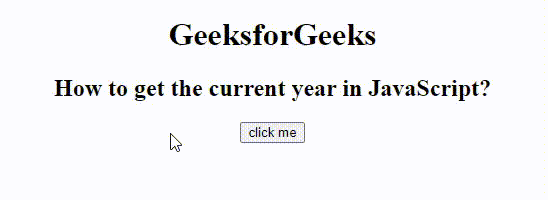

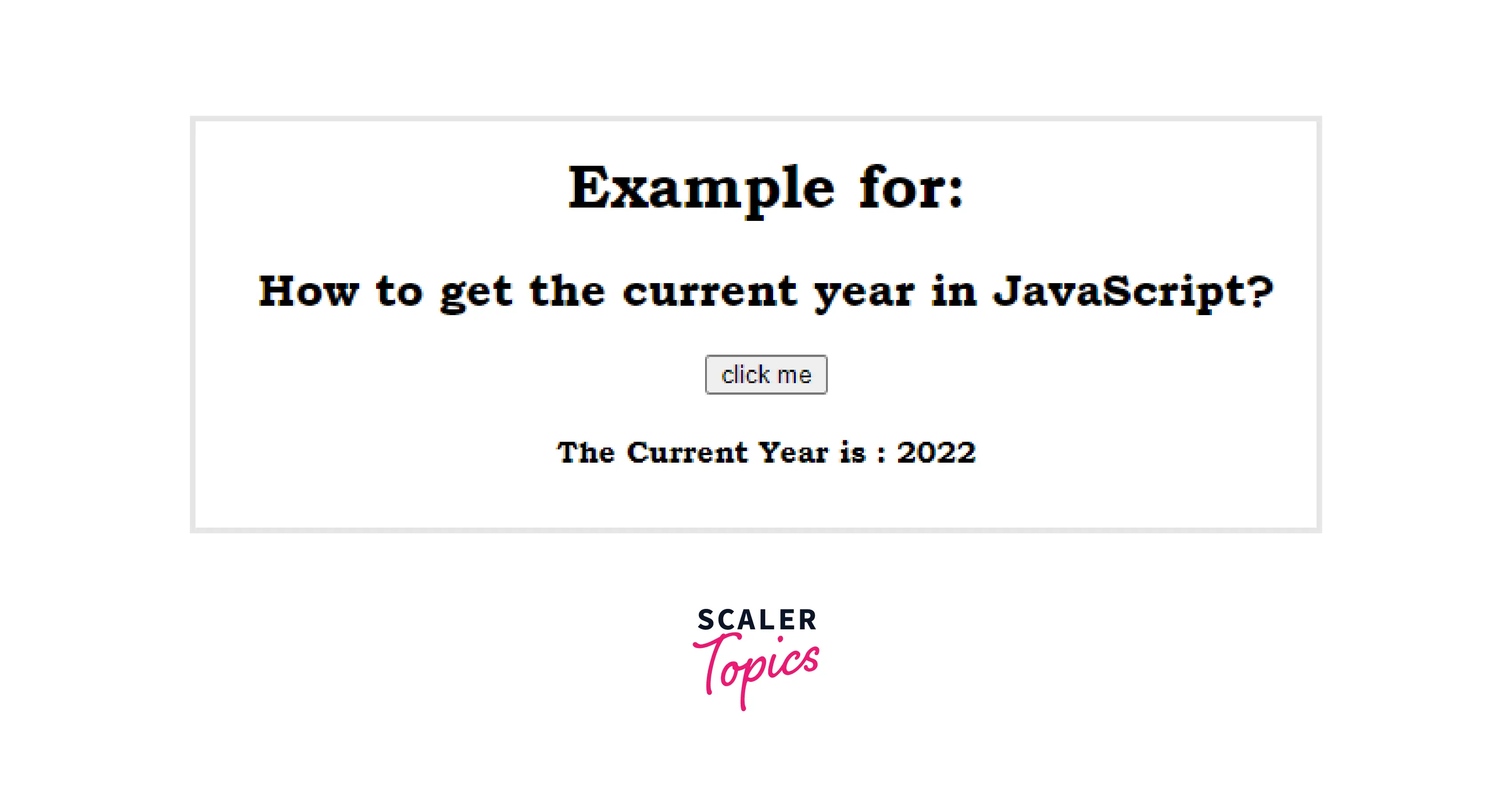
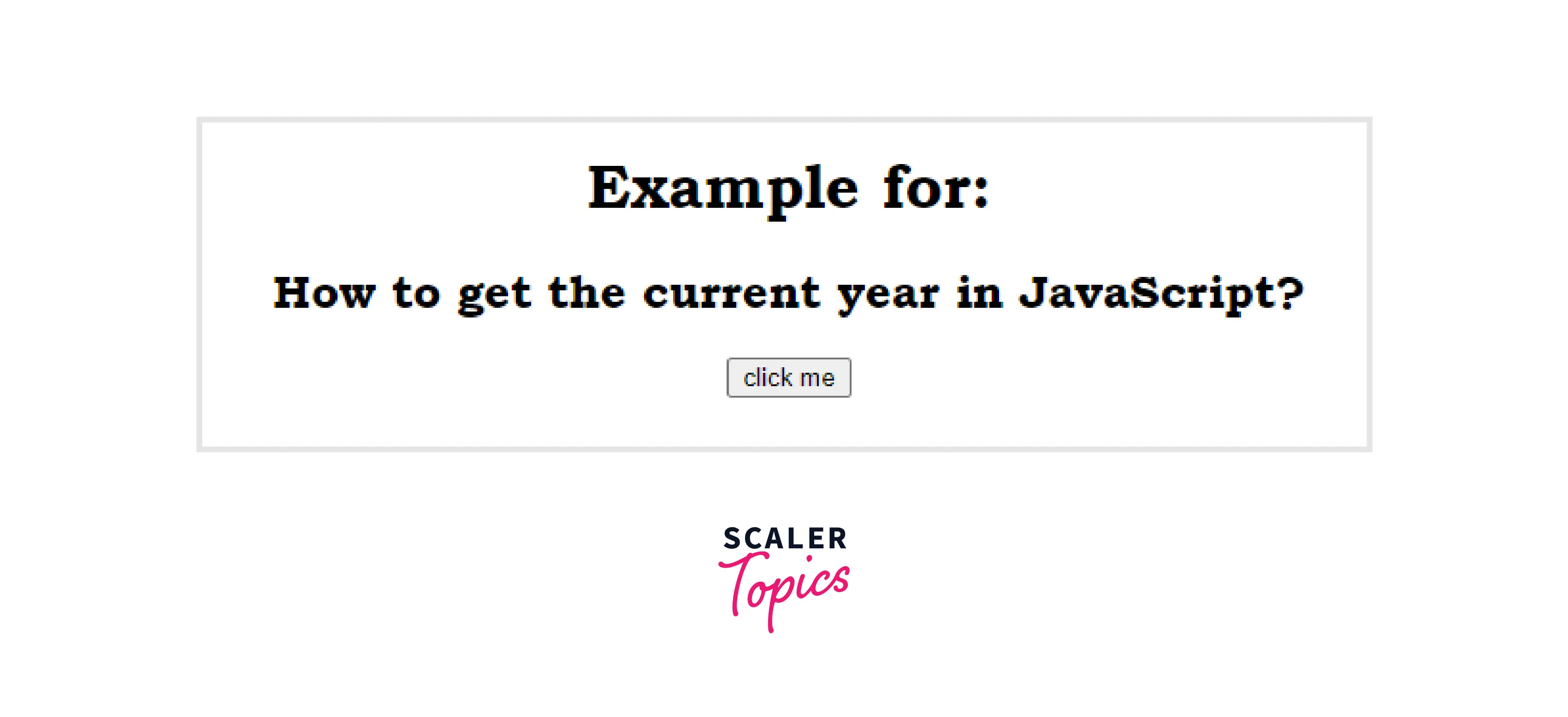














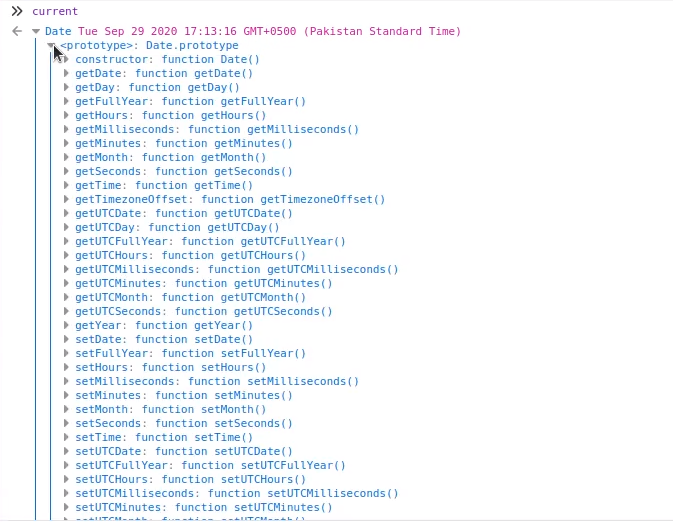










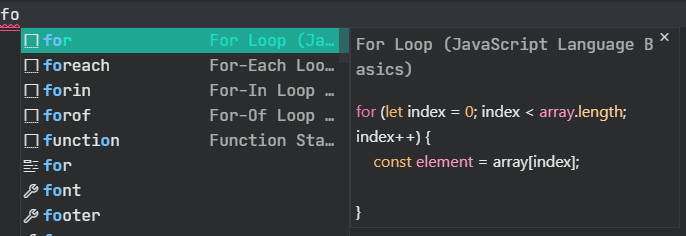

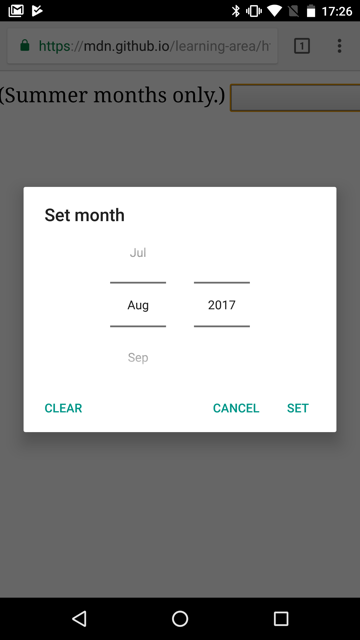 – Html: Hypertext Markup Language | Mdn” style=”width:100%” title=”input type=”month”> – HTML: HyperText Markup Language | MDN”>
– Html: Hypertext Markup Language | Mdn” style=”width:100%” title=”input type=”month”> – HTML: HyperText Markup Language | MDN”>

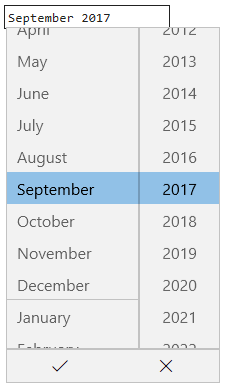 – Html: Hypertext Markup Language | Mdn” style=”width:100%” title=”input type=”month”> – HTML: HyperText Markup Language | MDN”>
– Html: Hypertext Markup Language | Mdn” style=”width:100%” title=”input type=”month”> – HTML: HyperText Markup Language | MDN”>Article link: js get current year.
Learn more about the topic js get current year.
- Get the current year in JavaScript – date – Stack Overflow
- How to get the Current Year in JavaScript [for copyright]
- How Get the Current Year in JavaScript – W3docs
- JavaScript Date getFullYear() Method – W3Schools
- Get the Current Year in JavaScript – Scaler Topics
- How to get the only current year in JavaScript – Tutorialspoint
- How to Get the Current Year in JavaScript – Sabe.io
- How to Get the Current Year in Vue.js – Coding Beauty
See more: https://nhanvietluanvan.com/luat-hoc/